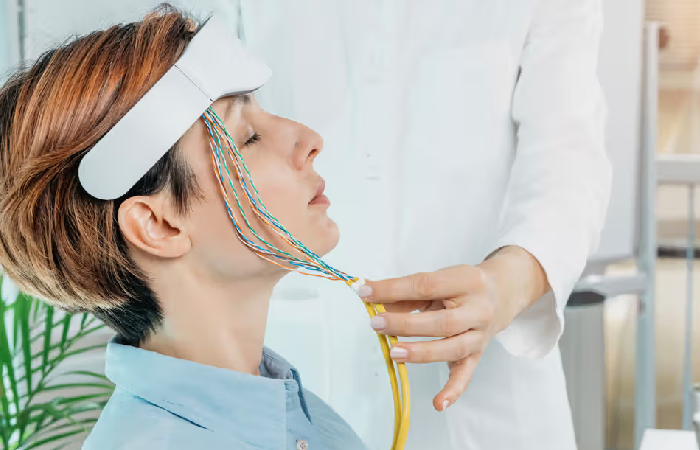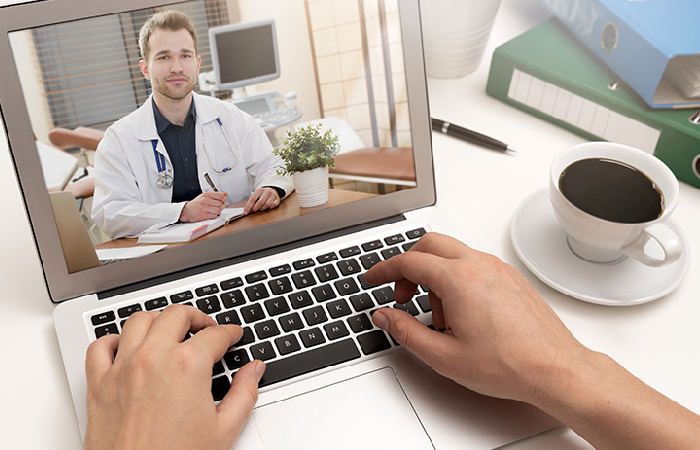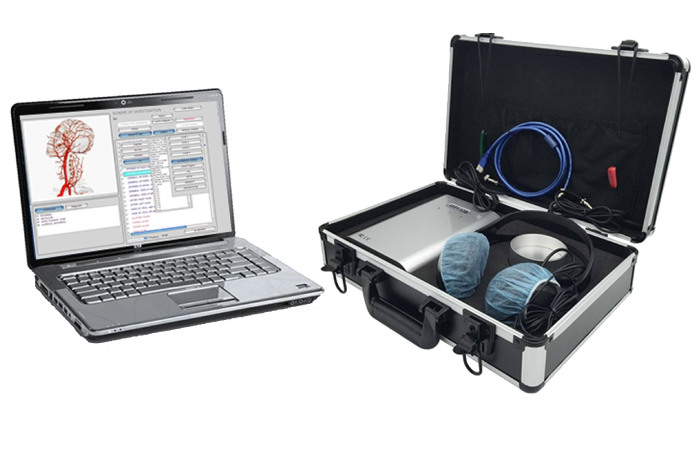Biofeedback: Learn to Control Your Body's Functions
Biofeedback is the technology used to measure and provide real-time feedback on the physiological processes in the human body. Functions such as heart rate, blood pressure, muscle tension, skin temperature, and brain activity could be tracked by these machines.

As someone seriously engaged in biofeedback, I have had the opportunity of coming close through the power of biofeedback machines to people who wanted to strive for their health and wellness. Hence, this together with my knowledge and my encounter, are the things that I will share with you in this very informative article on biofeedback therapy and its strengths.
Understanding Biofeedback Machines
Biofeedback is the technology used to measure and provide real-time feedback on the physiological processes in the human body. Functions such as heart rate, blood pressure, muscle tension, skin temperature, and brain activity could be tracked by these machines.
These are the key functions that are being developing in our present time. But how do these biofeedback machines work? Of course, the basic function of these machines lays in the fact that they can help the individuals who are using them to be aware of these (usually unintentional) functions thus, they are learning how to control them consciously.
The intended use of the device will be complete once in the future. If you summarize the text that you see ahead, then you will probably be more certain that you are mistakenly involved in the contravention of the instructions. You must analyze it in depth. These machines work in a way that they can be used by people who are not patients, but are casual users.
During my many years of mastering, I had an opportunity to practice various biofeedback machines, for example, the following:
-
Electromyography (EMG) devices: These gadgets, which are used for stress reduction as well as for pain management, have been designed to sense muscle tension.
-
Heart rate variability(HRV) monitors: They help to monitor stress and provide the best function of the cardiovascular system.
-
Thermal biofeedback devices: These biofeedback systems are all about skin temperature so people get them in the form of migraines and anxiety.
-
Neurofeedback systems: These biofeedback machines are used to train people's brain wave activity in some conditions such as ADHD and epilepsy.

Home Use of Biofeedback Devices
It is quite common to use devices at home, a process which is considered a very convenient way of getting therapy. However, there are also some who have not been able to enjoy the benefits of technology and suffer from lack of it. I have observed through my experience that giving feedback to the individual in the home context is a possible way that can be very effective if these tools are utilized correctly. For home use, some popular biofeedback devices include:
-
Portable HRV counters
-
Wearable stress sensors
-
Cellphone-interconnected EMG sensors
-
Button-shaped EEG detectors for specific purpose use
Biofeedback devices, when used at home, are needed to adhere to the manufacturer's instructions as closely as possible and see a doctor if they have questions.
Purchasing Biofeedback Machines
There are a number of aspects to be considered when buying the biofeedback machine. In my experience, the following steps can help you buy the right one:
Identify your healths specific wants and choose the plant that fits those needs.
-
Extra information on the devices performance and usability come from the feedback of users and data from scientific researches.
-
The ease of use of the product while receiving clear and understandable instructions and feedback should be taken into consideration by the patient.
-
Camera detects if the device has FDA approval or clearance of the medical equipment.
-
Driver operates and guarantees the safety of the equipment-Driver, the pilot, closely supervises the equipment.

- Product that provides features that allow recording and analysis of data over a period of time to the users who want to monitor their progress.
What is Biofeedback Therapy?
Biofeedback therapy is a method that uses biofeedback machines to help patients learn to control and thus one of its non-invasive treatments that have been used in conjunction with the device, so patients who suffer from loss of control over body functions can become more skilled at it.
The results show that biofeedback has been a great success in dealing with (other ideas and problems like) it side by side with different sorts of wounds. For example, the excellent outcomes were documented in the study called Meta-analysis, which has been conducted by The Psychological Association of America, and this meta-analysis was about migraine biofeedback and other types of biofeedback.
-
Chronic pain
-
Anxiety and stress-related disorders
-
Headaches and migraines
-
High blood pressure
-
Urinary incontinence
-
Attention deficit hyperactivity disorder (ADHD)
The results of research demonstrate that biofeedback is effective treatment for many people. For example, a meta-analysis revealed that biofeedback was substantial in terms of frequency and intensity reduction compared to a group of people not using biofeedback, as published by the Journal of Consulting and Clinical Psychology. While studying the biofeedback therapy course with me, the students usually go through the following seven steps:
-
Initial assessment: In the beginning, the patient tells us about the problem, his/her goals are and based on that, a proper patient-specific biofeedback treatment is proposed & further, we go on with it.
-
Sensor placement: Accordingly, to the type of biofeedback, we attach the equipment to the areas of the body that are necessary for the current treatment.
-
Baseline measurement: We assess the patient's physiological parameters at the start of the biofeedback therapy.
-
Feedback and training: They watch the monitor delivering them the progress of their body and participate in the sessions so they learn specific techniques to control them.
-
Practice: The patients follow these tips while they are working with the biofeedback equipment given.
-
Progress evaluation: We monitor patient progress regularly and continuously update the treatment plan as the case requires.
-
Transfer of skills: The patients practice in the context of their lives such that they gain proficiency in the provision of these services apart from identifying the at-risk population and knowing how to treat it.

Risks and Benefits of Biofeedback Devices
In my practices, biofeedback therapy, as a non-medication method, is in a special position to offer a lot of rewards while it carries very little risk. Among such advantages, the most important are:
-
Treatment that is non-invasive and free of drugs.
-
Increased awareness of themselves and ability of control of bodily workings.
-
Specific disease conditions under which medicines could be decreased or even omitted.
-
Growth and development of an improved state of overall health, as well as quality of life.
Still, it must be stressed that while biofeedback is totally safe, it should be done with great care and attention to details:
-
Some people, might not be a good candidate of the therapy, especially those who suffer from poor mental health of certain type.
-
For instance Instrument failure of the monitoring device might lead to disappointment or fear.
-
It is possible that some people may become dependent too much on the machines.
Healthcare Providers Who Use Biofeedback
When biofeedback is the main area that a healthcare professional is qualified in, then he is going to work with other people who apply therapy in that area as well. The therapists, practitioners, or specialists that one may come across are, for example:
-
Psychologists and psychiatrists
-
Physical therapists
-
Occupational therapists
-
Nurses specializing in pain management
-
Neurologists
-
Cardiologists
Conclusion
Moving to the right professional who is certified in biofeedback and has a proven record in successfully treating a particular ailment is the best solution. To conclude, biofeedback machines provide people with a special and effective tool for controlling their signal systems.
In my years of experience, I have observed many people benefiting this therapy. However, it might not be a universal panacea for all. Biofeedback still holds a major position in curing various diseases. New developments in the area of technology will bring to light many more remarkable and affordable biofeedback machines that are able to hit the market. If you make up your mind to get biofeedback or not I would like you to consult a healthcare provider to help make the decision.




